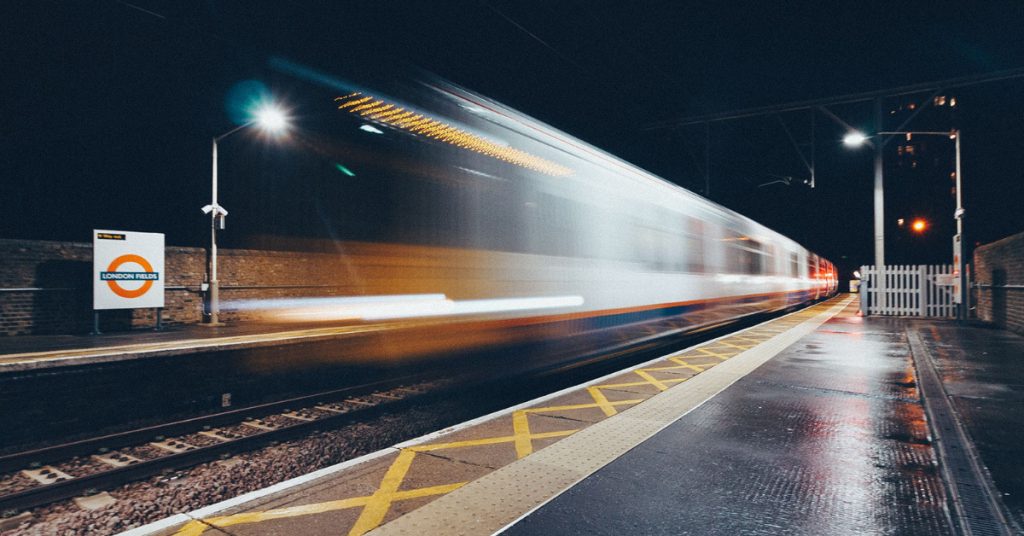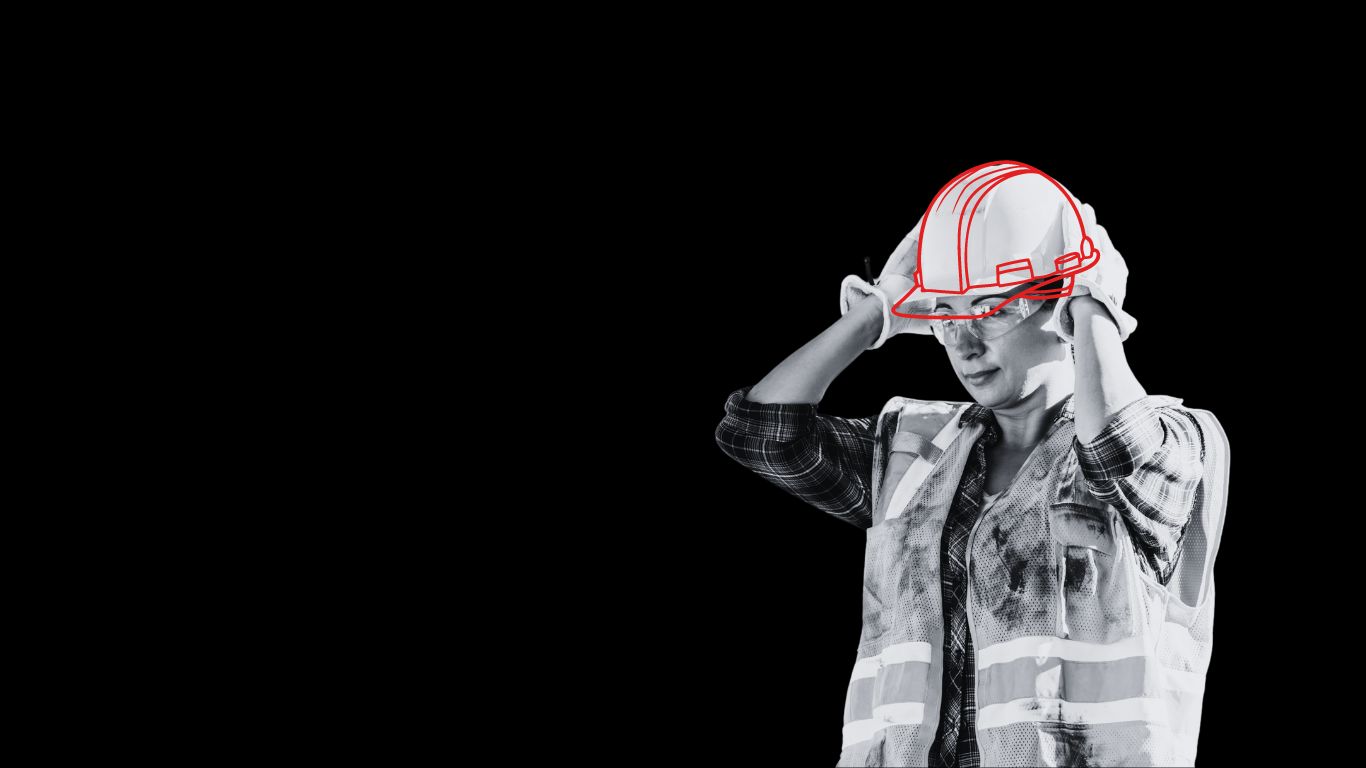The ULEZ (Ultra Low Emissions Zone) Charge is a scheme which regulates the emissions of a vehicle in the London area. Presently, the zone is the same area as the congestion charge zone, covering most of central London. However, as of 25th October 2021 the existing central London ULEZ area will expand to create a single larger zone up to, but not including, the North Circular Road (A406) and South Circular Road (A205).
The ULEZ operates 24 hours a day, 7 days a week, every day of the year except Christmas Day (25th December). Cars, motorcycles, vans and other specialist vehicles (up to and including 3.5 tonnes), and minibuses (up to and including 5 tonnes) will either need to meet the ULEZ emissions standards or pay a £12.50 daily charge when driving within the ULEZ zone. TFL state that most petrol cars registered with the DVLA after 2005, as well as diesel cars registered after September 2015, generally meet the ULEZ standards. It’s always advised however, to confirm whether your vehicle meets the requirements.
Many businesses based in London will be looking to update or upgrade their vehicle fleet to meet the requirements or face the risk of an accumulation of penalties. Rather worryingly, most car manufacturers are experiencing delays in production due to the global semiconductor chip shortage, which is impacting across the globe. We analyse everything about the ULEZ scheme, whilst looking at the options available for businesses and individuals who will need to change their vehicles or fleet come 25th October 2021.
What Is The ULEZ (Ultra Low Emissions Zone) Charge & Who Does It Affect?
The ULEZ is a particular area where high emission vehicles will be penalised due to their increased offset of emissions. The ULEZ was first introduced back in April 2019 where London Mayor, Sadiq Kahn, aimed to curtail more polluting vehicles from being in operation, with road traffic emissions the biggest cause of poor air quality. Since April 2019, ULEZ has helped reduce the number of polluting vehicles in central London by 17,400 every day.
The entry requirement standards for the ULEZ depend on what type of vehicle you have, taking into account the engine size, age and type. These requirements are measured through Euro standards, which are a range of emissions controls that set limits for air polluting nitrogen oxides (NOx) and particulate matter (PM) from engines. New vehicles and road vehicle engines must show that they meet these limits to be approved for sale.
The ULEZ standards for existing central London ULEZ and when the zone expands are:
- Euro 3 for motorcycles, mopeds, motorised tricycles and quadricycles (L category)
- Euro 4 (NOx) for petrol cars, vans, minibuses and other specialist vehicles
- Euro 6 (NOx and PM) for diesel cars, vans and minibuses and other specialist vehicles
- Euro VI (NOx and PM) for lorries, buses and coaches and other specialist heavy vehicles (NOx and PM)
Euro 3 became mandatory for all new motorcycles being produced in 2007. Euro 4 became mandatory for all new cars being produced in 2005 and light vans in 2006. Euro 6 became mandatory for all new heavy-duty engines being produced for goods vehicles and buses from January 2014, September 2015 for cars and light vans, and September 2016 for larger vans up to and including 3.5 tonnes gross vehicle weight.
If these standards are exceeded by your vehicle, then you will be subject to the ULEZ charge. You can use TFL’s dedicated vehicle checker portal to see if your vehicle meets emission and safety standards or if you will need to pay the daily charge should you enter the ULEZ.
Why Has The ULEZ (Ultra Low Emissions Zone) Charge Been Expanded?
Improving London’s air quality has been the subject of much debate for many decades now, with many people concerned about the polluting atmosphere which the capital exhibits. Air pollution can harm the lungs and worsen chronic illnesses, such as asthma, lung and heart disease. Since 2016, London has experienced a 94% reduction in the number of people living in areas with illegal levels of nitrogen dioxide. As well as this, the number of schools in illegal areas of nitrogen dioxide has fallen by 97%.
Despite this, according to a large study conducted by CE Delft, ‘the health costs of air pollution from car emissions in England’s capital city are higher than anywhere else across the continent. The social cost to London stood at 10.3 billion, almost double the level of Bucharest (£5.75 billion), and more than twice that of Berlin (£4.75 billion), the second and third worst-ranked cities.’
Therefore, the London Mayor has chosen to expand the ULEZ zone in a bid to curb the drastic effects that air pollution has on the population and future populations. The expanded ULEZ will cover an area 18 times larger than the central London Ultra Low Emission Zone and will affect older, more polluting vehicles that don’t comply with strict emission standards. Although around 80% of cars are already thought to be compliant, it is estimated that 100,000 cars, 35,000 vans and 3,000 lorries could be affected by the expanded zone and tighter standards every day.
What Are The Options For Businesses & Individuals Once The ULEZ Expands On 25th October 2021?
Many new cars and vehicles use semiconductor chips, enabling display and safety systems to function. Due to the increase in demand for phones, tablets and computers during the pandemic which was fuelled by remote working and schooling, the world is currently experiencing a global semiconductor chip shortage. This will likely have huge effects on many industries, not least of all the automotive and industrial sectors, as tech companies will be the first in line to procure new batches.
Many analysts predict that the worldwide semiconductor shortage will likely last until the summer of 2022 at least. The motor industry has notoriously had inefficient supply chains, as once these chips are retrieved, it then takes a further few months for an end product to become available to the consumer.
With the ULEZ charge incoming, many businesses will be looking to switch their vehicle fleet to newer, less polluting vehicles. However, due to the global chip shortage it’s predicted that demand will outweigh available products, forcing many businesses and individuals to acquire second-hand vehicles to avoid the ULEZ charge. This likely rise to the second-hand car market could provide massive boosts to the motor industry, particularly independent and SME firms.
Moreover, there’s the small mater of the UK government legislation that all sales of new petrol and diesel cars will end in 2030. A long-term solution for many businesses will be to go fully, or hybrid electric, through vehicles that release zero-emissions into the atmosphere. A 43% global increase of electric cars on the road since 2019, highlights the rapid surge of the EV market which is only expected to continue with many nations’ promises to phase out the use of fossil fuel consumption.
For a lot of smaller businesses though, the current price of electric cars is simply too extortionate to comprehend, especially after the economic crisis that COVID-19 has brought on. A possible solution for vehicles which don’t meet ULEZ standards, would be to retrofit existing vehicles. Retrofit technology, otherwise known as emission reducing technology, can include elective catalytic reduction (which decreases nitrogen dioxide emissions), replacing Euro VI engines and converting a vehicle to electric power.
Retrofit technologies need to be approved by the government’s Clean Vehicle Retrofit Accreditation Scheme (CVRAS). Vehicles that have a confirmed booking with a CVRAS-approved fitter for a CVRAS-approved retrofit solution will be granted a three-month grace period, during which they will not need to pay the ULEZ daily charge if driving in the zone. After 28th February 2022, the grace period will no longer be offered. This means, vehicle owners that book a retrofit solution beyond this date will need to pay the ULEZ daily charge until their vehicle has been fitted and complies with ULEZ emissions standards.
We hope this has outlined to you exactly what the ULEZ (Ultra Low Emission Zone) Charge is, whether it will apply to your vehicle or fleet and what solutions are available to meet the standards. If you require any more information on any government schemes, please do not hesitate please don’t hesitate to get in contact with us at Nordens where one of our trusted advisors would be happy talking you through your query.















